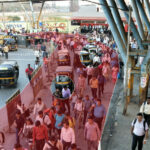
Mumbai’s suburban rail system is the world’s busiest, serving 7.5 million riders a day. This photo story is an attempt at documenting moments of precarious travel in Mumbai city, as part of a larger investigation focused on infrastructure design that ...

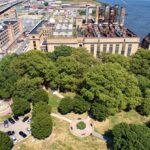
For years, city governments in the United States have taken the lead on committing to climate action, with more than 165 cities aiming for 100% community-wide clean energy. But whether ambitious goals translate to ambitious action is another question altogether, and ...

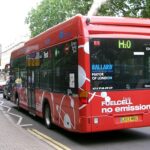
Companies like Toyota, Nikola and H2X are doubling down on hydrogen fuel cell vehicles and positioning them as alternatives to their more popular zero-emission counterparts, battery electric vehicles. These companies and some advocates believe fuel cell vehicles could be key to ...

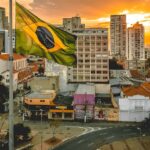
Brazil faces a fundamental choice of how to address the convergence of multiple crises it is now seeing: health, economic and environmental. The COVID-19 pandemic exposed and multiplied the risks and weaknesses in our societies and economies, disproportionately impacting poor ...

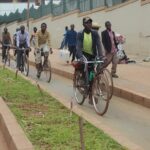
Cities in Africa are in something of a quandary when it comes to COVID-19. To date, the impact of the disease has been much less than most experts predicted. As of this writing, the continent has had over 890,000 confirmed ...

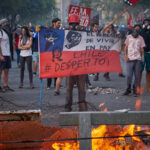
They marched for human rights, for health care and education, but they came for the metro system, burning and damaging more than 86 stations across the city. Massive protests in Santiago last October forced the government to agree to rewrite ...

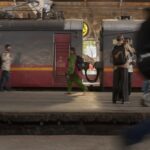
While announcing a stimulus package of INR 20 lakh crore ($260 billion) in his address to the nation on May 12, India’s Prime Minister Narendra Modi urged citizens to make use of the opportunity provided by the COVID-19 pandemic to ...

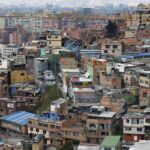
The large cities in the Latin American region all have one thing in common: the opportunities for employment and income are concentrated in a few districts while, more and more, sprawling housing zones are located on the outskirts of cities ...

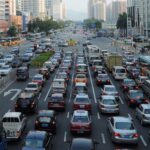
As people stay home and city streets turn quiet, the COVID-19 pandemic has disrupted the global vehicle market. While many urban experts fear a turn to personal cars in lieu of public transport, few people so far are actually purchasing ...

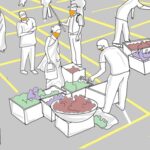
When was the last time you walked through the market without being conscious about other people walking close to you or the last time you took a stroll to a neighborhood park without thinking about the hygiene around? The COVID-19 ...

Page 31 of 337« First...1020...303132...4050...Last »